BMW has revived its historic Turismo Internazionale name for the 128ti, a new hot version of its 1 Series hatchback that will sit below the four-wheel-drive M135i.
Said to offer a more “unfiltered” driving experience than the 80kg-heavier range-topping M135i, the 128ti will be BMW’s first front-wheel-drive hot hatch, following the standard car’s shift away from rear-wheel drive last year, and is positioned to compete with the Volkswagen Golf GTI and Ford Focus ST.
It is also the first BMW in more than 20 years to wear the ‘ti’ badge, which, the firm says, is used for “particularly sporty members of a model range”.
The 128ti uses a detuned version of the M-badged car’s turbocharged 2.0-litre four-cylinder, pumping out 261bhp and 295lb ft for a 0-62mph time of 6.1sec. That’s 1.3sec down on its more potent sibling but a full second quicker than the standard 120i. The 128ti is capable of 44.1-46.3mpg on the WLTP cycle and emits 139-148g/km of CO2.
The new arrival is available exclusively with an eight-speed automatic gearbox. BMW claims that uptake for a manual option could comprise less than a third of sales and that an auto allows for quicker acceleration. Shift paddles behind the steering wheel enable manual changes.
![]()
The 128ti comes with a specially tuned M Sport suspension package as standard, riding 10mm lower than the regular car for a lower centre of gravity and “sportier” stance. The M135i’s firmer anti-roll bars feature alongside stiffened springs and shocks to reduce body roll in corners and offer sharper turn-in response.
BMW has also sought to eliminate the torque steer that often comes with high-output, front-driven cars by implementing a bespoke steering set-up, while a Torsen limited-slip differential aims to enhance traction and stability in high-speed manoeuvres.
The braking system is carried over wholesale from the M135i and consists of 360mm discs and four-piston calipers at the front and 300mm discs with floating calipers at the rear.
Internal exhaust amplification features to further differentiate the 128ti from its lesser-powered counterparts, giving a “richly sporting aural experience for the driver”, according to BMW, without making the car any louder from the outside.
The hot hatch also has the M Sport exterior styling package as standard, bringing familiar sporty flourishes at the front and rear, but is obviously marked out from existing 1 Series variants by its red front winglets, side skirts, brake calipers and prominent side decals. These details are finished in black for red-painted cars and can be optionally deleted.
A bespoke set of 18in Y-spoke wheels is also available, as are a number of optional styling upgrades from BMW’s M Sport division, such as a black front splitter and rear spoiler, carbonfibre rear diffuser and wing mirror caps, and 19in two-tone alloy wheels.
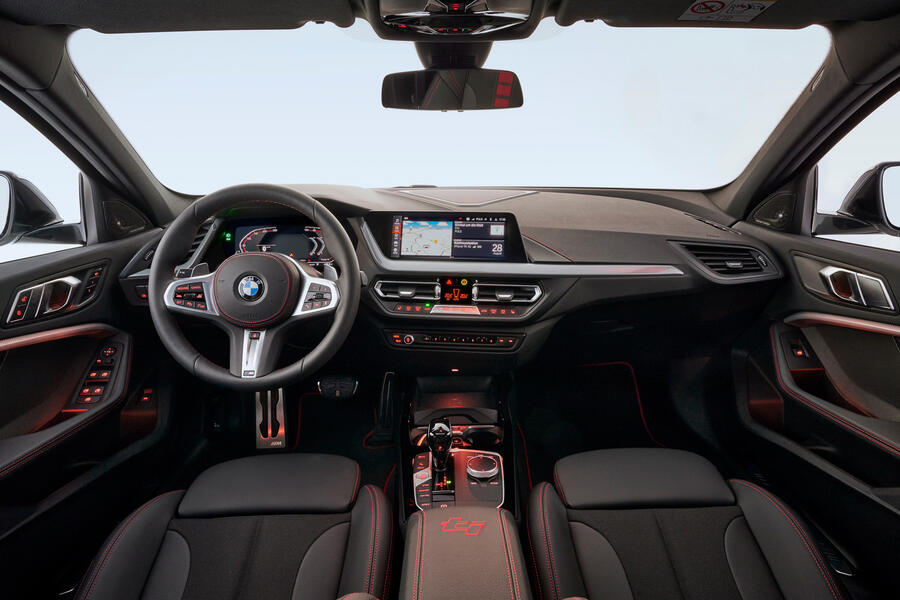
The unique colour scheme continues inside, where red accents and stitching feature as standard on the seatbacks, armrests, instrument panel and floor mats. Elsewhere, the interior is largely identical to the regular car’s, with an 8.0in central touchscreen fitted as standard and the opportunity to upgrade to a pair of 10.25in digital displays and a 9.2in head-up display.
Pricing for BMW’s new hot hatch has yet to be finalised, but a starting price of around £32,000 would place it roughly halfway between the 120i and M135i.
Why has BMW resurrected the 'ti' badge?
What’s the story behind the new ‘ti’ badging of this warmed-up 1 Series, then? Well, it’s another example of a brand turning to its past to benefit its future.
Standing for Turismo Internazionale (not Turbo Injection, as your mate down the pub may claim), the moniker has been a fixture on a number of BMW models, starting with the 1800ti of 1963. Launched 15 years before the Munich maker went all out with its first M-branded car (the legendary Giorgetto Giugiaro-designed M1 sports car), the 1800ti was based on the humdrum 1800 saloon but featured components developed by then fledgling tuner Alpina, including dual Solex carburettors and higher-compression pistons.
Power was boosted by about a fifth (up to a dizzying 108bhp) but crucially none of the original car’s everyday usability and reliability had been sacrificed.

The badge was used in later 2000 and 2002 models, again signifying a performance boost, before it was ditched as BMW’s M branding effort picked up steam.
It made a fleeting return on the E36- and E46-generation 3 Series Compacts in a vain attempt to instil some sportiness into BMW’s smallest and cheapest models of the time. But it didn’t mark a specific engine designation, unlike on the older cars.
This time, however, the letters serve a purpose – or so BMW claims. As well as an attempt to lure enthusiasts back to the newly front-driven model, it signifies that this car is less concerned with point-to-point pace than the full-fat M135i. Rather, it’s about an engaging driving experience or, as German engineers called it when we drove a prototype 128ti last month, “easy manipulation of the physics”. Put simply, if the M135i is BMW’s VW Golf R, then this is BMW’s Golf GTI. Lawrence Allan
READ MORE
First drive: 2021 BMW 1 Series 128ti prototype
Next-generation BMW 5 Series and X1 to gain electric versions

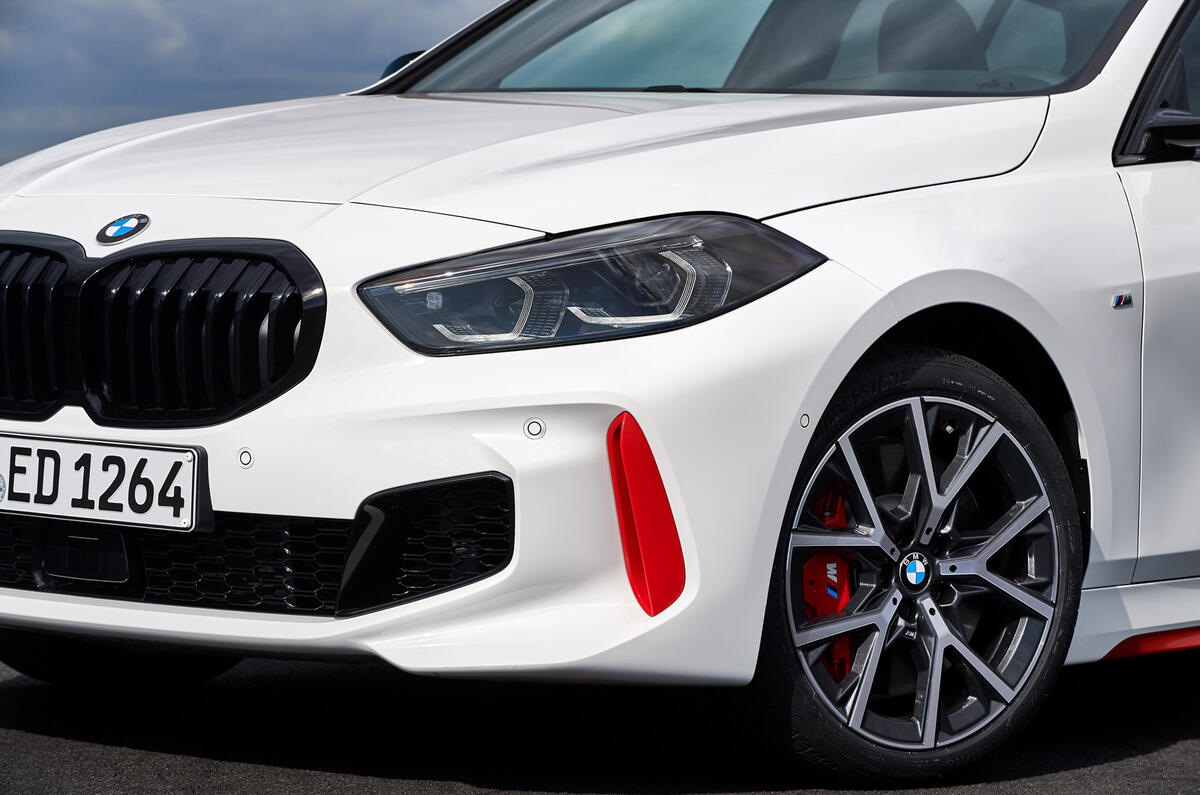
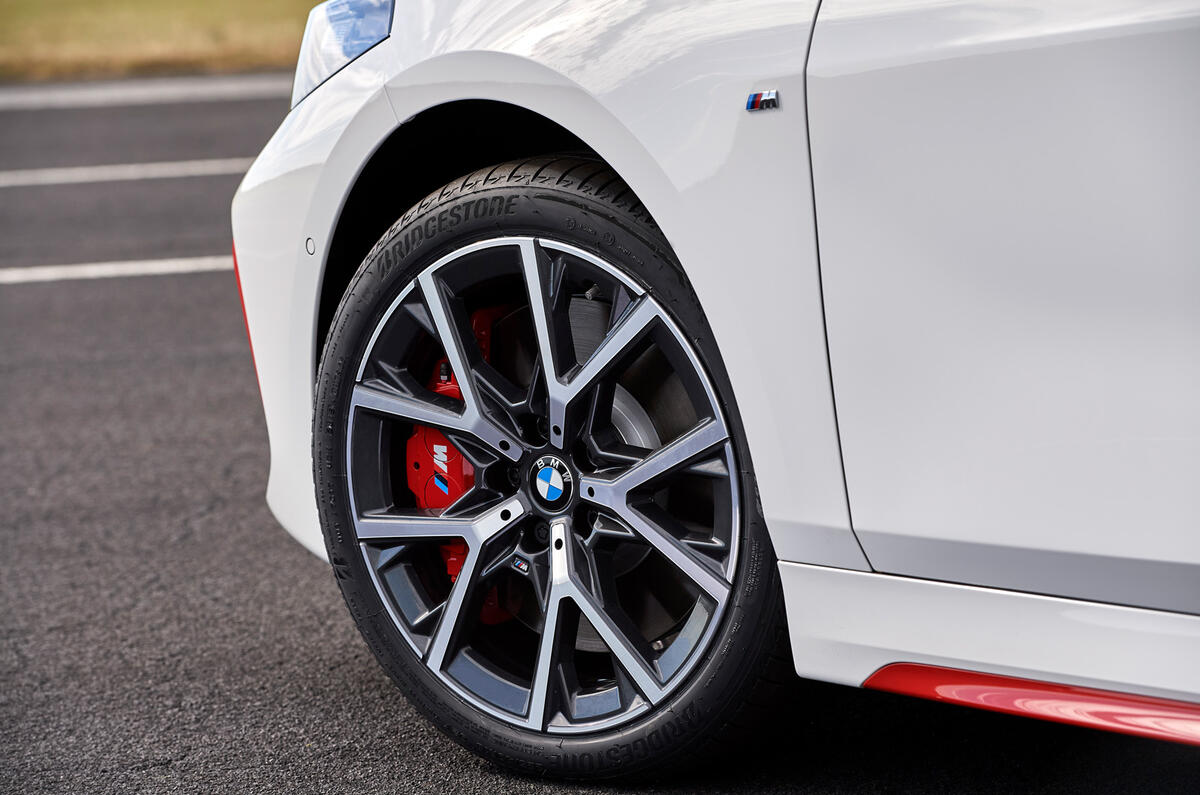
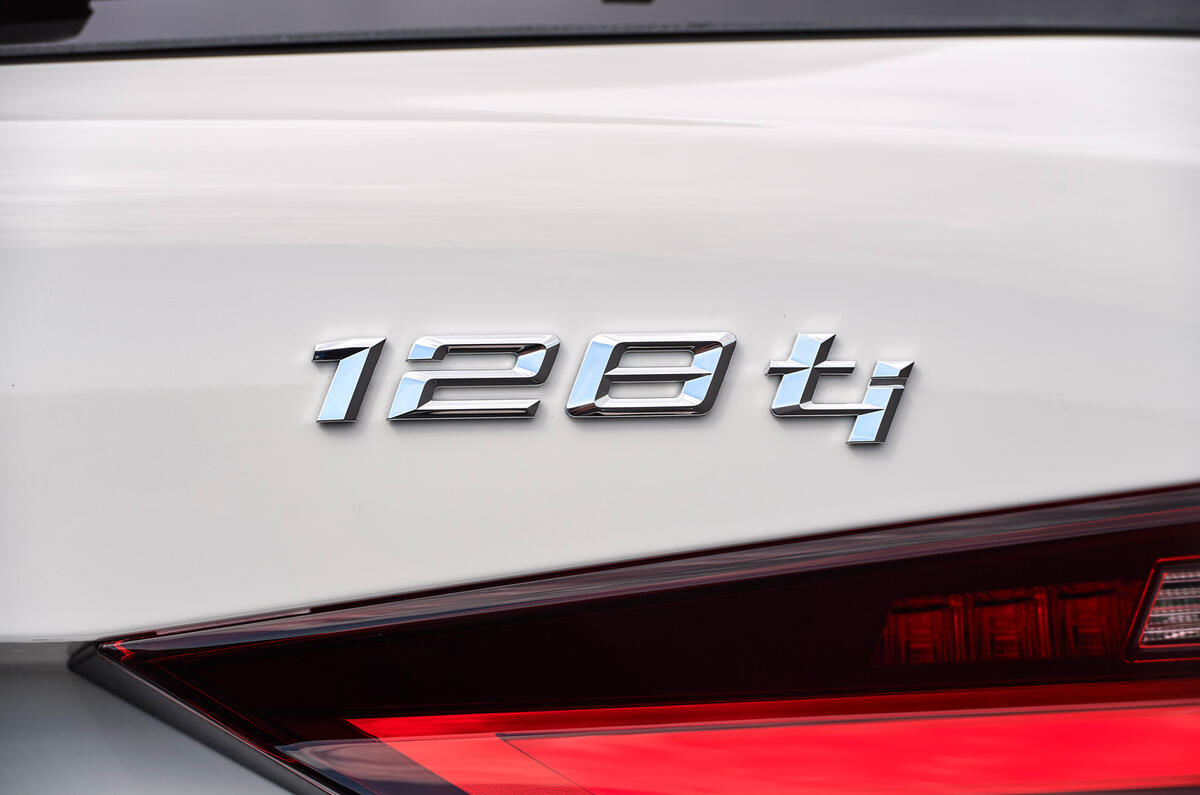
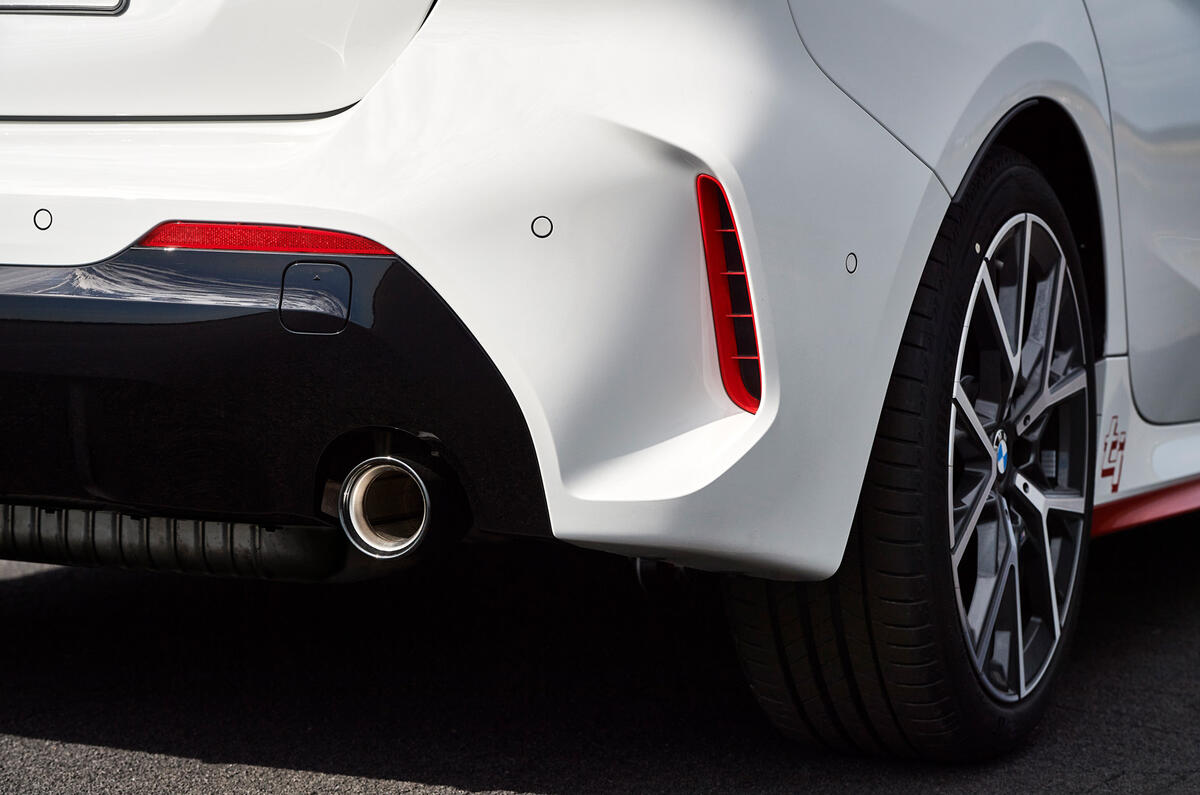
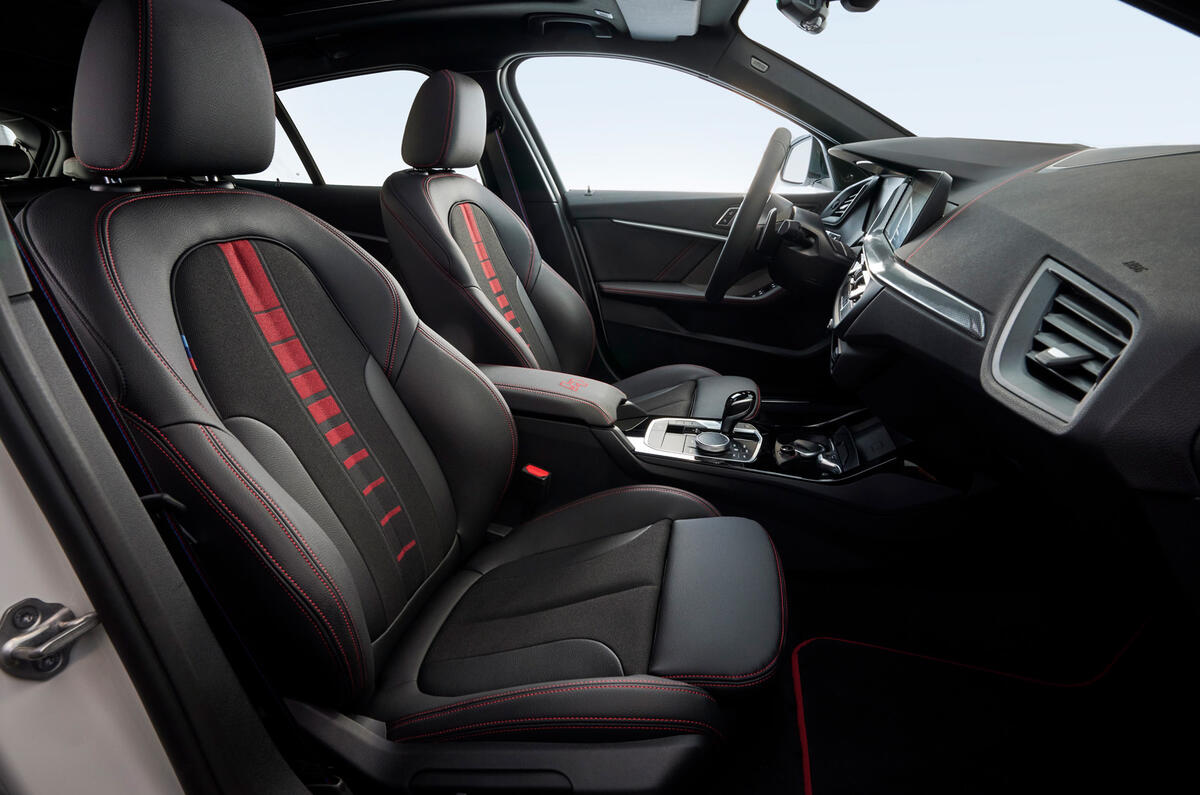
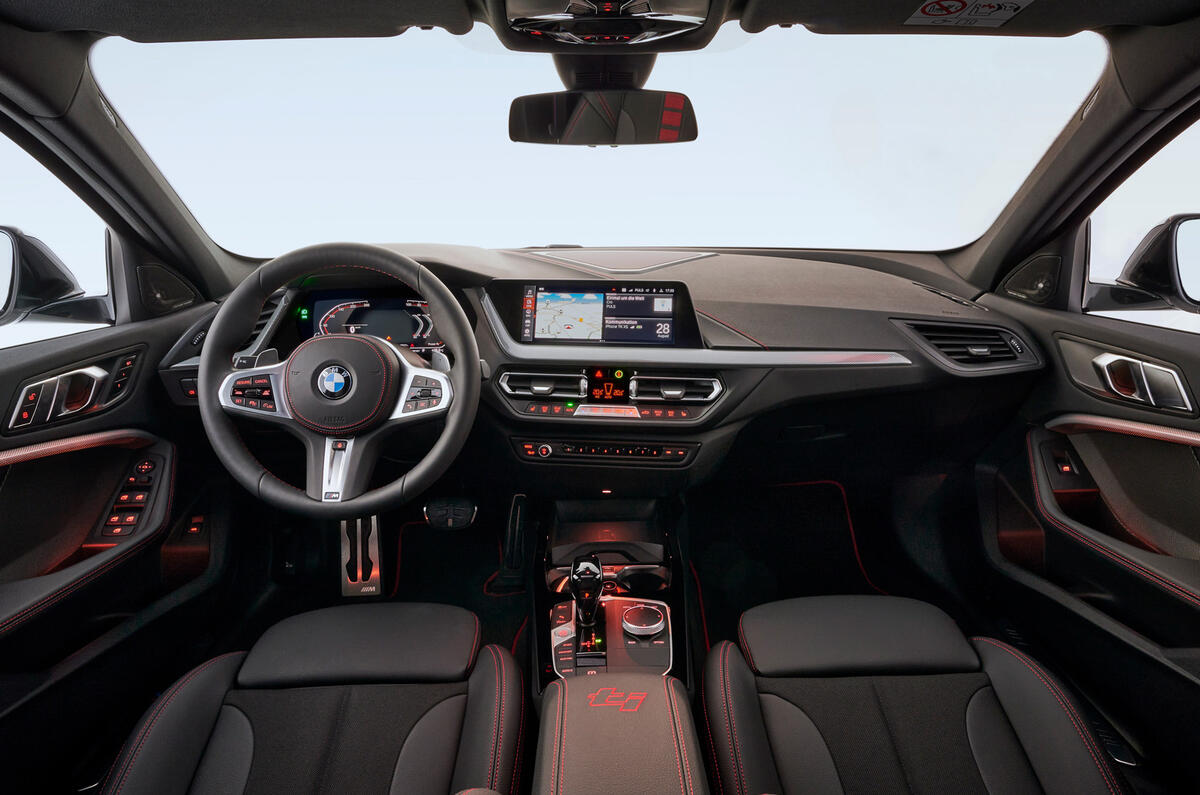
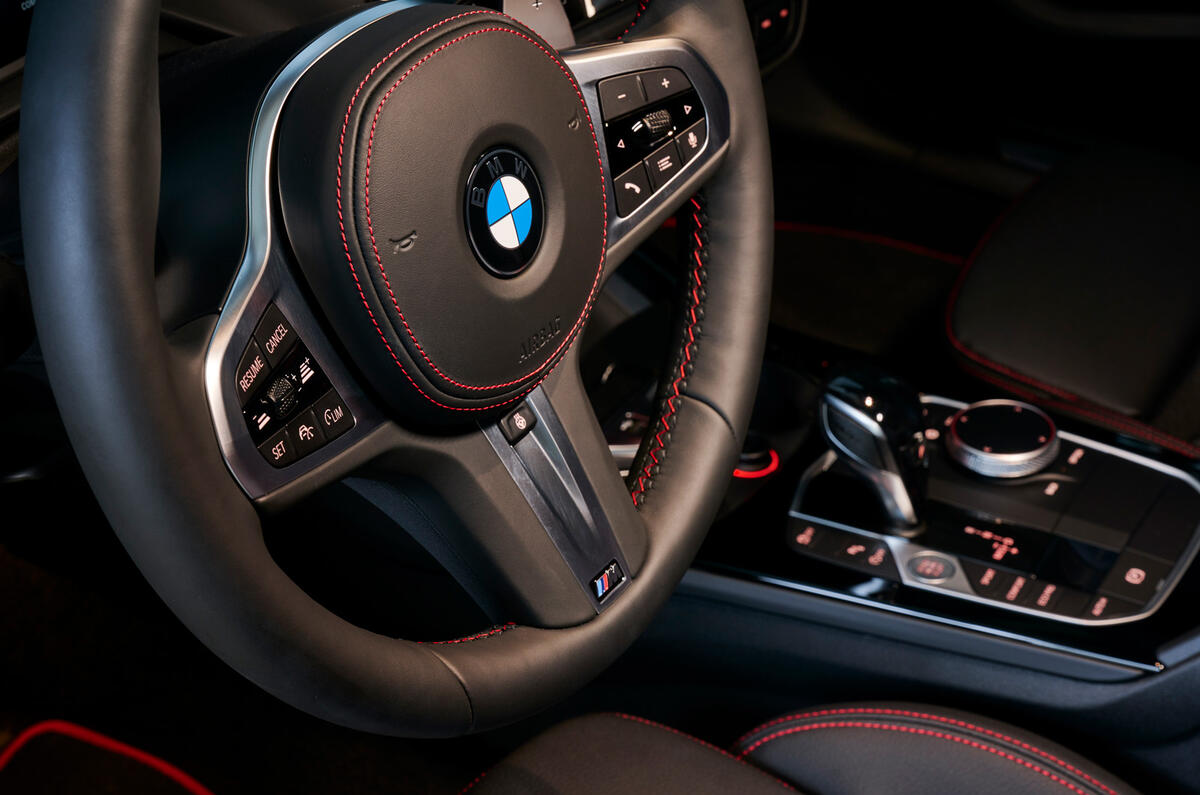
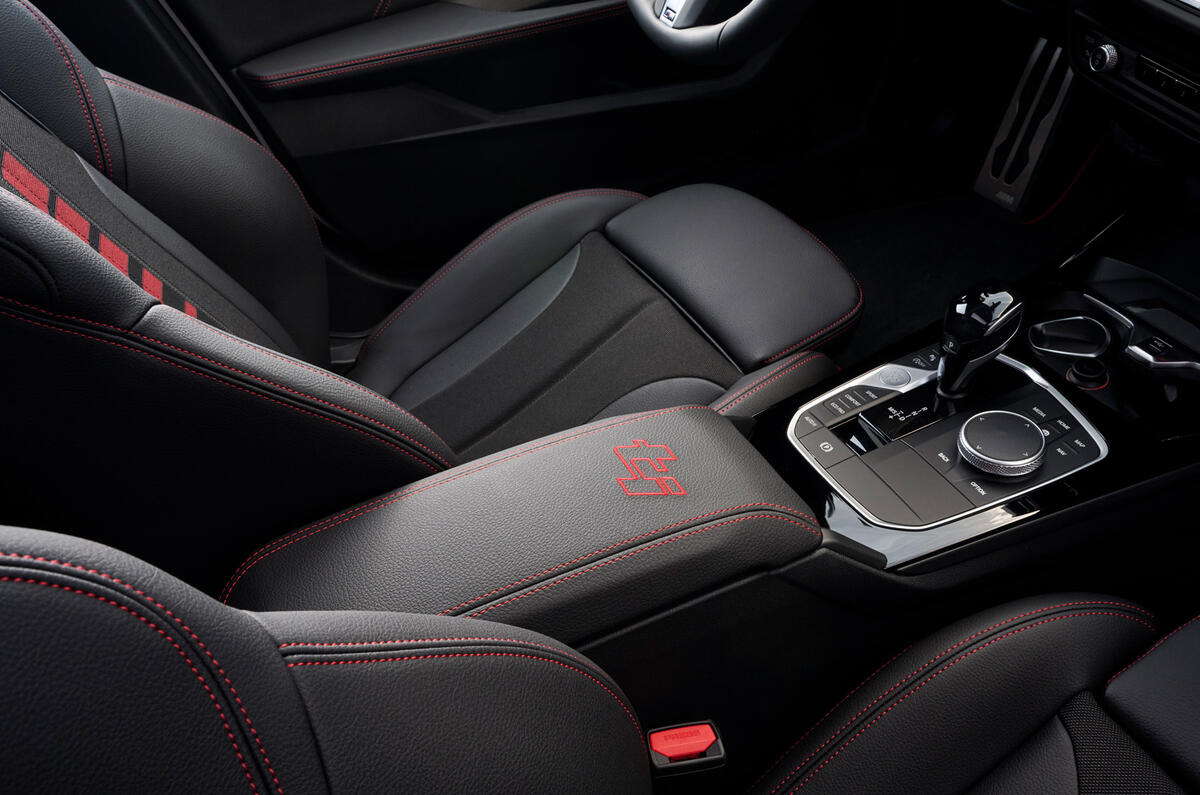
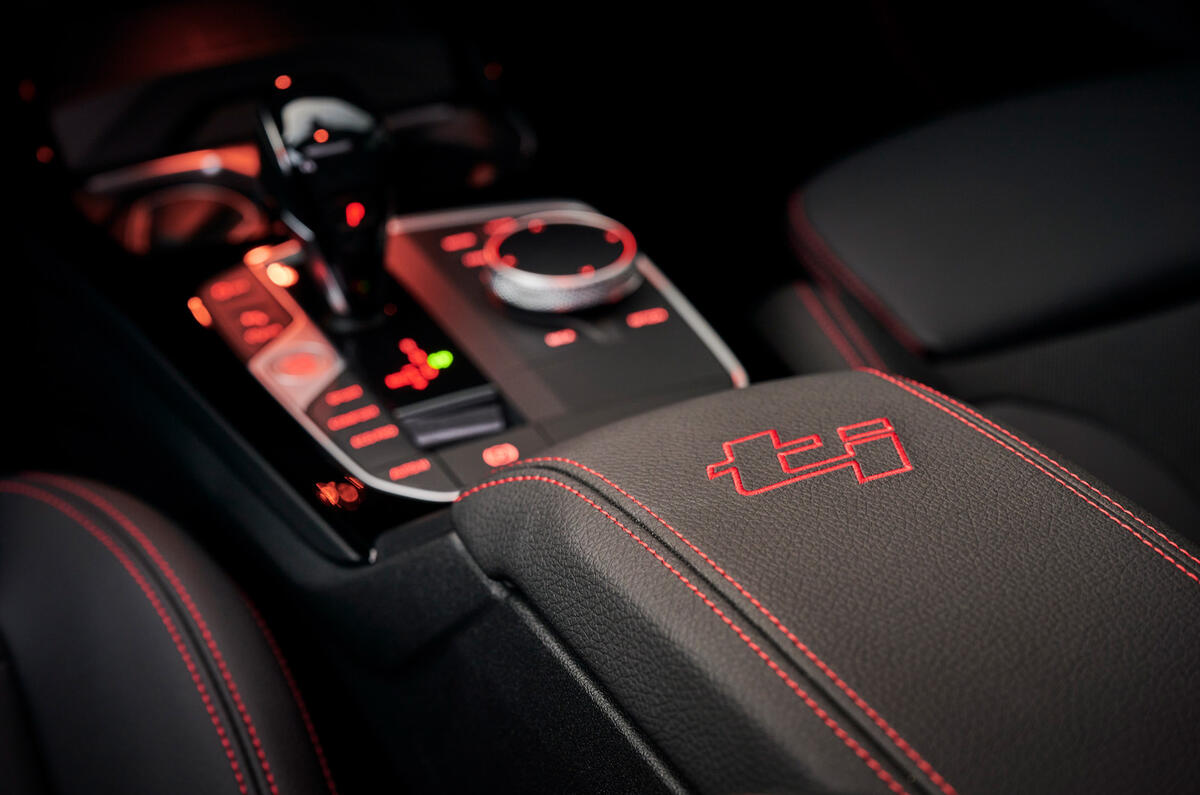
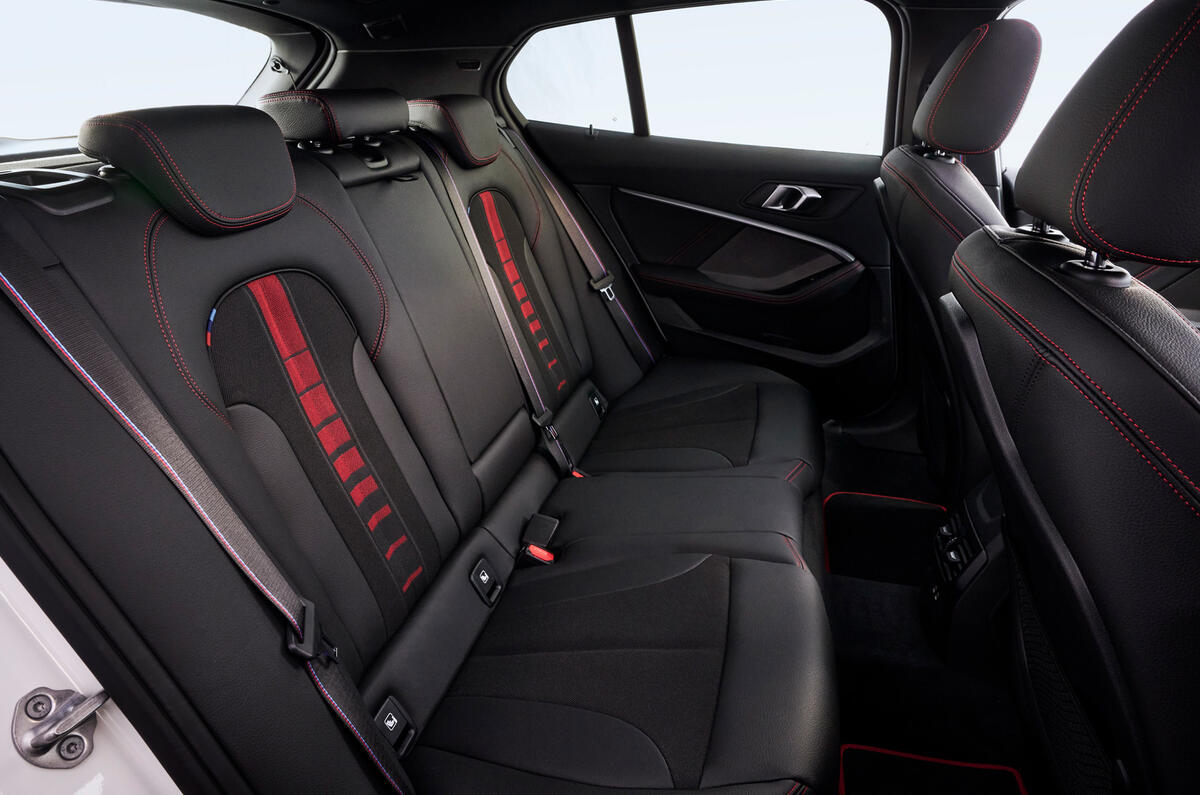
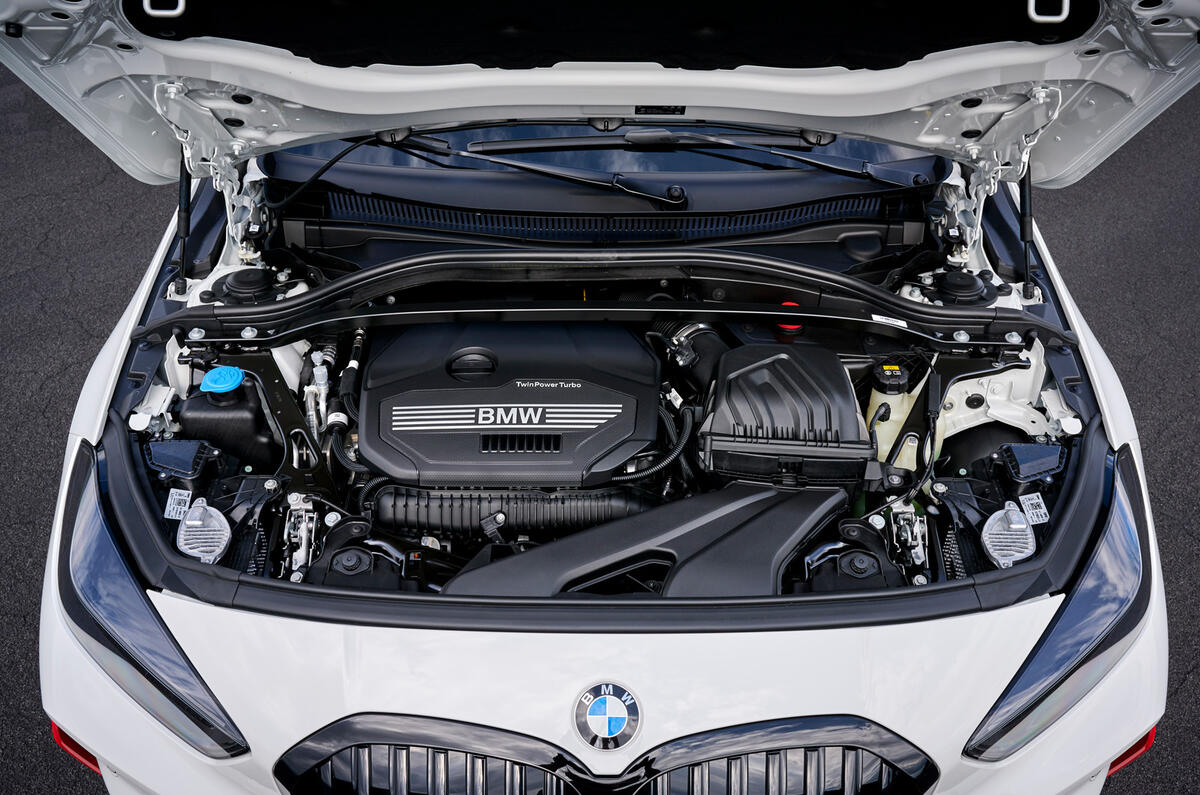
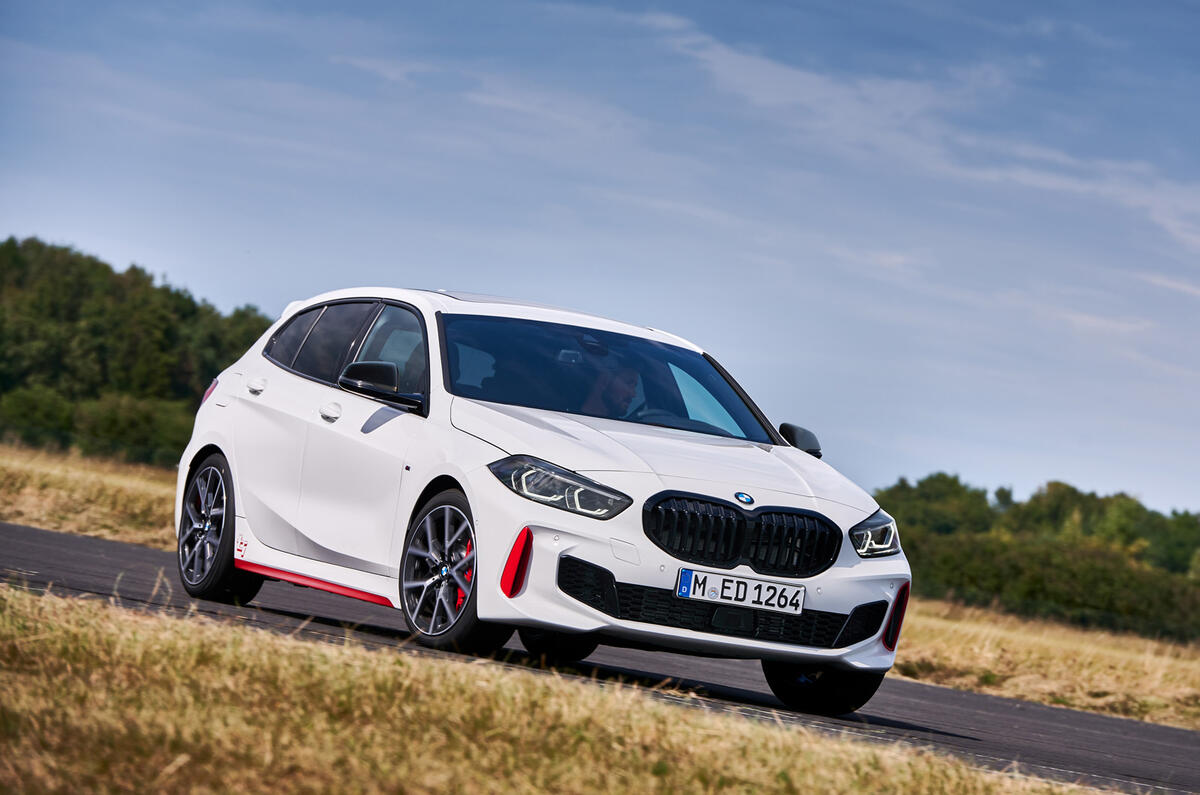

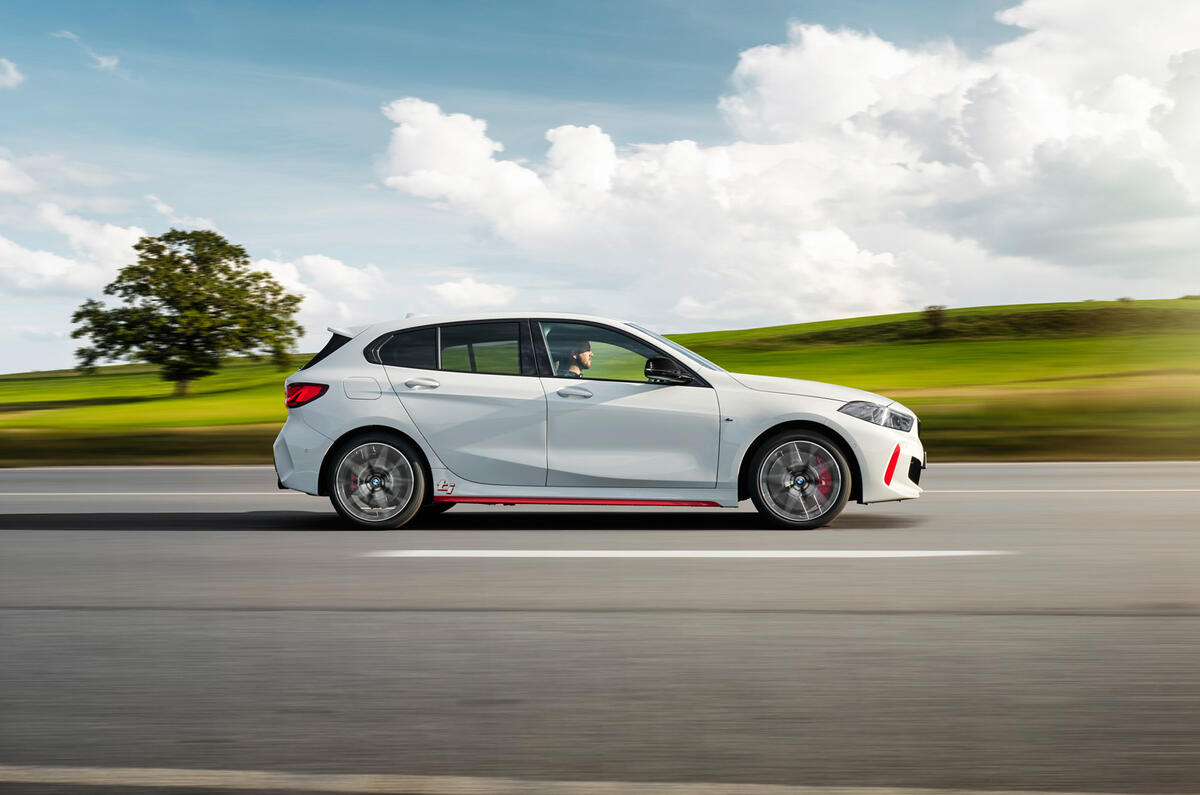
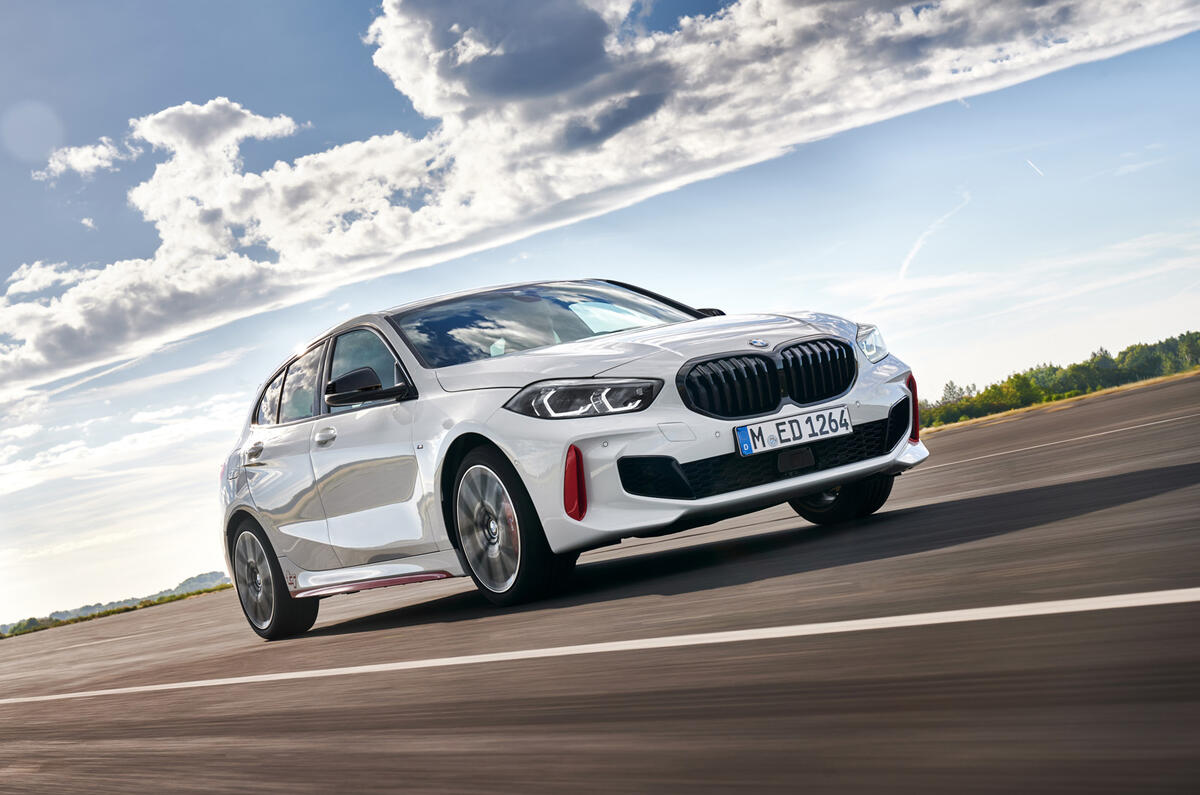
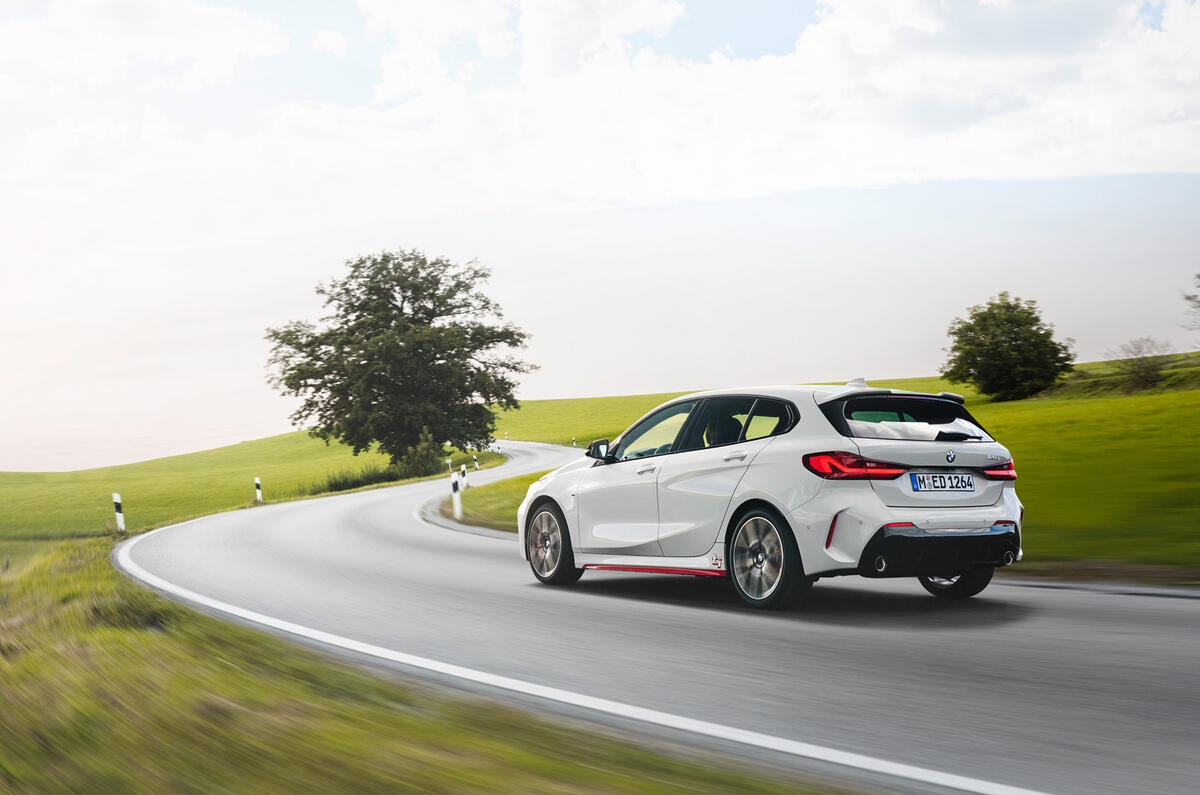
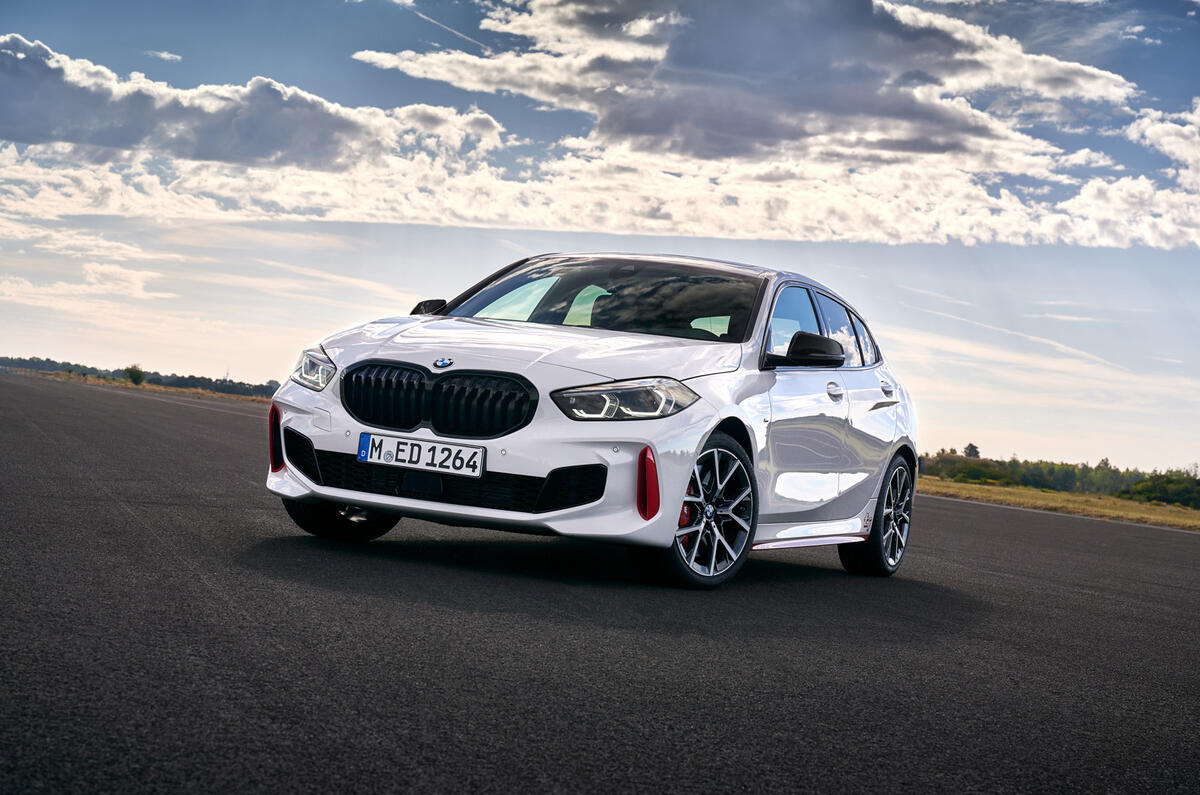

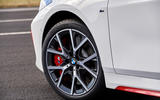
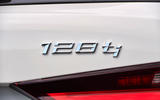



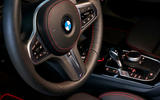
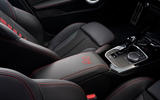
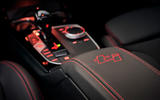
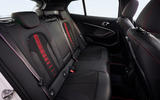
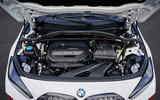












Add your comment